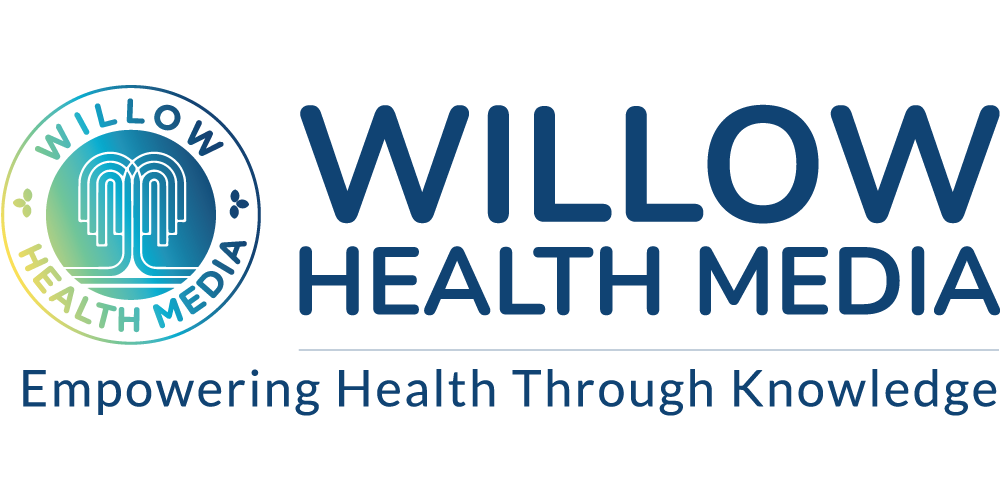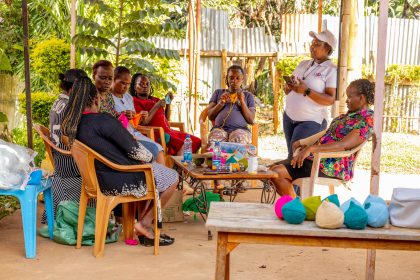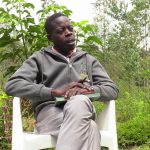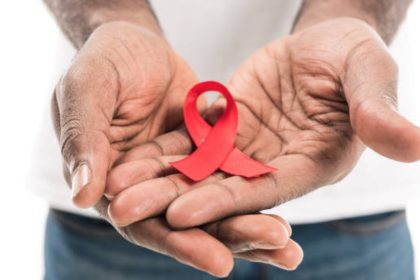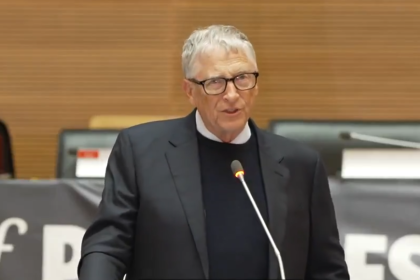Stories of miraculous herbal cures and power of prayer began to circulate, promising healing without pain and expense of hospitals.
During her cancer treatment journey, Nancy Mugure witnessed a heartbreaking choice unfold. Her friend Silas Wanyoike, who was battling throat cancer, had been showing signs of improvement — the chemotherapy was easing his symptoms. There was hope on the horizon.
But then came the whispers. Stories of miraculous herbal cures and the power of prayer began to circulate, promising healing without the pain and expense of hospital treatment.
Convinced he was cured, Wanyoike abandoned his chemotherapy and turned to herbal medicine. What’s more, he became a passionate advocate, urging fellow patients to follow his path and place their faith in the herbal remedies.
The cancer, however, had not been defeated. It struck back with a vengeance, more aggressive than before. In the end, the friend Nancy had once hoped would recover never made it.
Across East Africa, stories like Wanyoike’s are not uncommon. In the early 2010s, Babu wa Loliondo, a Tanzanian herbalist, rose to fame claiming to have a cure for cancer, diabetes, HIV/AIDS and other chronic illnesses. Thousands flocked to his remote village, desperate for healing, drinking his famous, ‘Kikombe cha Babu,’ a herbal concoction made from the Carissa edulis plant.
Some patients abandoned treatments in favour of his brew, only for conditions to worsen
The queues stretched for kilometres, traffic jams clogged the roads and hope hung heavy in the air. Yet, as time passed, the truth emerged: there was no scientific proof behind his cure. Some patients abandoned their treatments in favour of his brew, only for their conditions to worsen.
From bustling city clinics to remote villages, a quiet battle is playing out; the clash between conventional medicine and traditional herbal remedies in the fight against cancer. For many, herbs offer hope: a cheaper, more familiar alternative to expensive hospital treatments. Others see them as a dangerous distraction, leading patients away from proven therapies.
So where does the truth lie? Can herbal medicine complement conventional treatments, or does it risk becoming a fatal detour on the road to recovery?
Cancer is a disease where abnormal cells grow uncontrollably, often forming tumours and spreading to other parts of the body. The progression of cancer is classified into four stages, each requiring different levels of intervention.
In stage four, the advanced stage, the cancer has spread to other parts of the body
In stage one, the early stage, the cancerous tumour is small and contained within its original site. In stage two, the tumour is larger or may have spread to nearby tissues. In stage three, the cancer spreads further into nearby tissues and possibly lymph nodes. And in stage four, the advanced stage, the cancer has spread to other parts of the body, requiring aggressive treatment focused on slowing progression and managing symptoms.
Conventional medicine offers several evidence-based approaches to managing cancer, tailored to the disease stage and type. Doctors often use one, or a combination of treatments to address the tumours.
Chemotherapy, which is often used as the first line of treatment, uses drugs to kill cancer cells, shrink, or stop them from growing.
Radiotherapy, another line of treatment, delivers high-energy rays to target and destroy cancer cells, often used alongside other treatments to reduce tumour size or relieve pain.
The main advantage of conventional treatment lies in its foundation of scientific evidence
Surgery removes tumours, especially in the early stages, and can prevent the cancer from spreading if caught soon enough; while immunotherapy and targeted therapy work by either boosting the body’s natural immune defences, or directly targeting the genetic mutations driving cancer growth.
The main advantage of conventional treatment lies in its foundation of scientific evidence. When properly administered, these methods have been proven to reduce symptoms, slow disease progression, and increase survival rates. When detected early and treated effectively, some cancers can even be cured.
The allure of a “natural cure” is powerful, but without proper medical guidance, these choices can come at a devastating cost.
In many African communities, herbal medicine holds a deep-rooted place in healing practices, often intertwined with spiritual beliefs. Plants like Carissa edulis have long been valued for their anti-inflammatory and pain-relieving properties. Traditional healers are respected figures, offering comfort and a sense of connection to cultural heritage.
There is belief in natural healing, where many believe nature holds the answers to diseases
For some cancer patients, turning to herbal medicine is driven by more than just tradition. One key reason is affordability. Herbal remedies are often much cheaper than hospital treatments, making them accessible to those who can’t afford costly healthcare.
There is also a belief in natural healing, where many believe that nature holds the answers to diseases, seeing herbs as gentler and more harmonious with the body.
But one key issue that is rarely talked about is the mistrust in conventional medicine driven by myths and misinformation that foster skepticism towards hospitals and doctors, leading some to seek alternatives they perceive as safer or more trustworthy.
However, despite the hope herbal medicine offers, there are significant risks. First, most herbal treatments lack rigorous scientific testing to prove their effectiveness in curing cancer.
Some patients delay or stop treatments like chemotherapy, believing that herbal remedies alone will cure them, this often leading to disease progression. Moreover, certain herbs may have dangerous interactions with chemotherapy or other treatments, reducing their effectiveness or causing harmful side effects.
Out of 78 cancer patients, 14 opted for alternative treatments, with 64% choosing herbal remedies
The allure of a “natural cure” is powerful, but without proper medical guidance, these choices can come at a devastating cost.
The prevalence of herbal medicine use among cancer patients in Kenya varies across studies. A 2018 study by the University of Nairobi found that out of 78 cancer patients, 14 opted for alternative treatments, with 64% of these choosing herbal remedies.
Conversely, a scoping review indicated a lower prevalence, reporting that 14.1% of cancer patients in Kenya used traditional and complementary medicine (T&CM). This discrepancy highlights the need for more comprehensive research to accurately assess the extent of herbal medicine usage among cancer patients in Kenya.
There is a lack of robust statistical data comparing survival rates between patients adhering strictly to conventional cancer treatments and those relying solely on herbal remedies in Kenya. However, anecdotal evidence and clinical observations suggest that patients who abandon conventional treatments in favour of unproven herbal remedies may experience disease progression and reduced survival chances.
For instance, a study conducted in Meru County highlighted that while some patients turned to herbal medicine due to factors like cost and accessibility, there was no conclusive evidence supporting the efficacy of these treatments in improving cancer outcomes.
The path forward lies in balance; no patient should have to choose between cost and care.
The regulation of herbal medicine in Kenya has been historically lax. In 2011, it was estimated that Kenya had about 40,000 traditional practitioners, including herbalists, birth attendants, bone setters and faith healers, operating under a relatively “light-touch” registration system by the Ministry of Culture.
Many herbalists operate without formal oversight, posing potential risks to public health
However, recent legislative efforts aim to bring more structure to this sector. The Kenya Drugs Authority Bill 2022 requires the registration of both herbal products and practitioners, establishing criteria and maintaining a registry to ensure compliance. Despite these initiatives, enforcement remains a challenge, and many herbalists continue to operate without formal oversight, posing potential risks to public health.
Regulation can help curb misinformation and protect vulnerable patients from abandoning life-saving treatments in favour of unproven remedies. One key measure is establishing a policy framework with guidelines for the registration, monitoring, and evaluation of herbal medicine practitioners and their treatments.
Second, public awareness campaigns will help educate communities about the risks of relying solely on herbal remedies while dispelling myths that discourage conventional treatments.
Scientific validation by encouraging research into traditional remedies will effectively identify potential benefits. If proven safe and effective, these could be integrated into conventional care under medical supervision.
Financial hardship is often a driving force behind patients opting for herbal medicine, which is perceived as more affordable. Strengthening financial support for cancer treatment, through subsidies, insurance cover, or public health programs, can reduce this pressure. No patient should have to choose between cost and care.
The path forward lies in balance. Herbal medicine holds deep cultural significance and may provide comfort, but it should complement, not replace, evidence-based treatments. Cancer care is not a battle fought alone; it requires the combined efforts of patients, caregivers, medical professionals and policymakers.
Let this be a call to embrace knowledge, question misinformation, and build a future where tradition and science walk hand in hand for the good of all.
